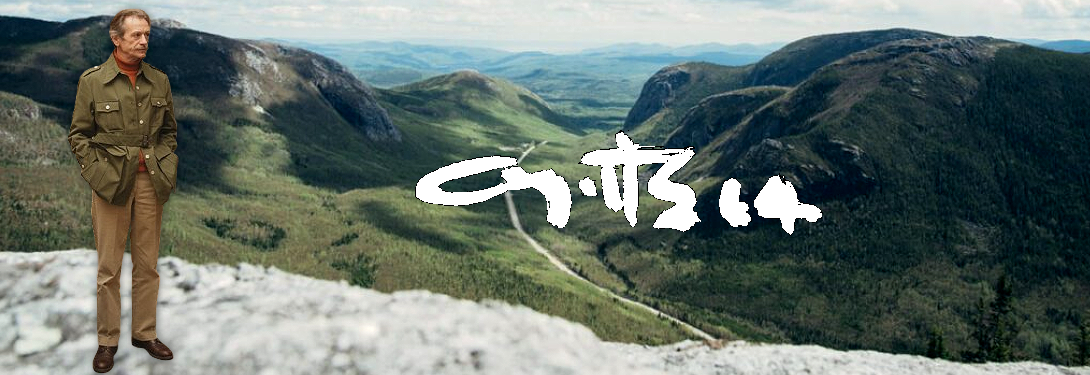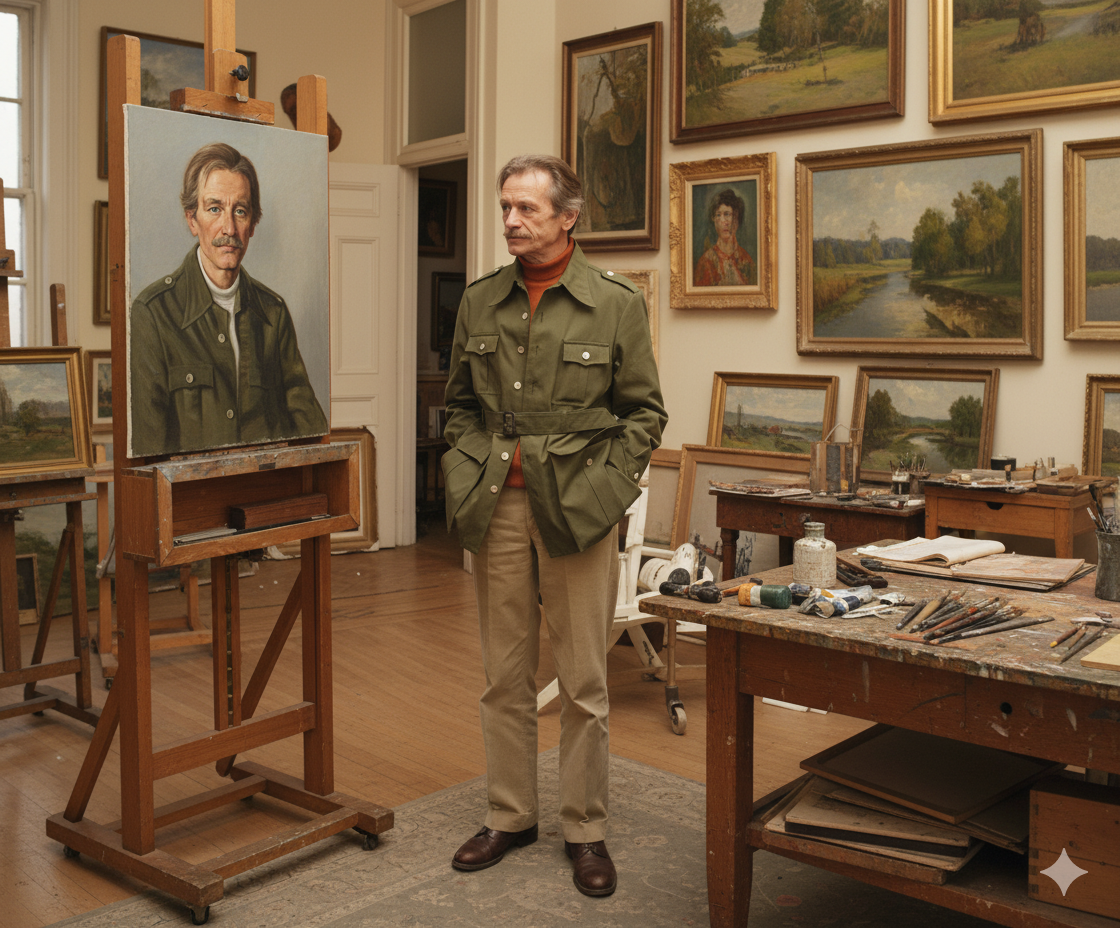AYOTTE, Léo

Available Works
About the artist
Léo Ayotte
Léo Ayotte is a Quebec painter born in St.Flore in the Mauricie region and who died in St.Hyacinthe in 1976
“Painting? I do not speak of it; I do it! “
Quebec had its share of visual arts stars. Ozias Leduc, Suzor-Cote, Marc-Aurele Fortin, Paul-Émile Borduas, Jean-Paul Lemieux, Jean-Paul Riopelle, Guido Molinari and many others. Some marked their time, others will have left a mark on history by the revolutionary approach they took to their pictorial adventure.
In a Quebec than can be described as hyper-conservative, Catholic and, let’s admit it, somewhat refractory to change, contemporary art has long had a slightly different meaning than it might have had elsewhere in the world. Figurative painting was the main artistic current for several generations and painters who dared to venture to other avenues have sometimes – often – been ostracized by an old-fashioned establishment that controlled both the art market and education.
In this somewhat claustrophobic atmosphere, many talented artists had no choice but to take a more traditional approach to their art in order to have a satisfying career in both creative and financial terms.
One of the most successful artists in this less than ideal situation was Léo Ayotte who, during his lifetime, gained a reputation for excellence despite his lack of training and often less than ideal means.
Born in Sainte-Flore, Mauricie, Quebec, from a modest family, he began his studies at the Séraphique College and Seminary of Trois-Rivières, then in Nicolet. He dropped out of school at the end of his rhetoric and began composing poetry and painting.
In 1938, Ayotte moved to Montreal and worked as a model at the École des Beaux-Arts and the Musée des Beaux-Arts. Not being enrolled as a student, Ayotte could not attend classes, but his work there as a model and as a janitor allowed him to sit in classes. With modest financial means, he recovered half-empty paint tubes that some students abandoned and used them to paint. Noteworthy, Charles Maillard, who was director of the École des Beaux-Arts, has been quoted saying that Ayotte was his best pupil!
His love of nature led him to paint. Mostly self-taught, he had a unique style. Ayotte often used a single brush on a painting. A very spontaneous artist, Ayotte was always able to paint directly without ever having to make any corrections or alterations. Except for the portraits he made, he painted without preliminary sketches, taking the time to to oserve before starting to paint. The bold, bright colors that emerged from his brush captured the essence of his subjects. His colorful landscapes are true hymns to nature. His still lives and his emotionally charged portraits have led him to be considered a major artist in Quebec.
Become a well-sold painter and a sought-after speaker, Ayotte was able to save enough money to realize his dream of visiting France. In July 1962, he went to the Louvre Museum, which, it is said, made him cry…
He also visited his exiled compatriots such as his friend François Hertel, the sculptor Robert Roussil, and the painter Jean Dallaire. He ended his trip on the French Riviera, where he spent some time painting with his niece, Louise-Helene Ayotte, who had just been appointed French Consul at the École des Beaux-Arts.
He returned to Canada after a year in France. He then he participated in many exhibitions throughout Quebec until 1975. He spent some time guiding younger artists such as Paul Tex Lecor who, until his own death in 2017, spoke of Ayotte as one of his greatest influences and as a very close friend.
Suffering from cancer, he was taken to the hospital in Saint-Hyacinthe on December 18, 1976 where he died three days later, December 21. 1976
After the death of Ayotte, Quebec art lovers snapped up the painter’s works, which quickly took on a significant value. This trend would not fade until the 2008-2009 recession when, like most artists, the rating of this iconic painter would suffer through the weakness of the art market.
This being said, Ayotte’s work retains vitality and there still is a hard core of admirers who continue to cherish the works they own and acquire the paintings that regularly end up at auction or on the market secondary. It is possible with a little research to find very beautiful works often at very interesting prices.
S.M.Pearson

